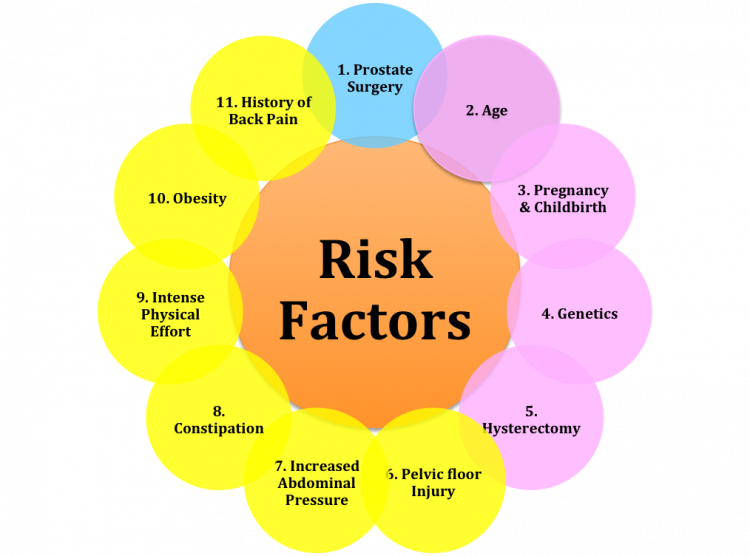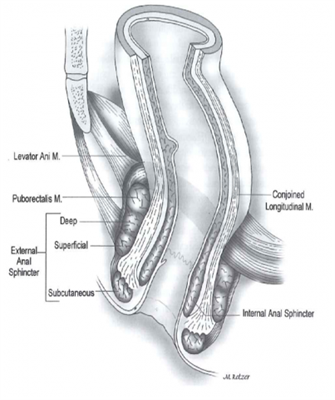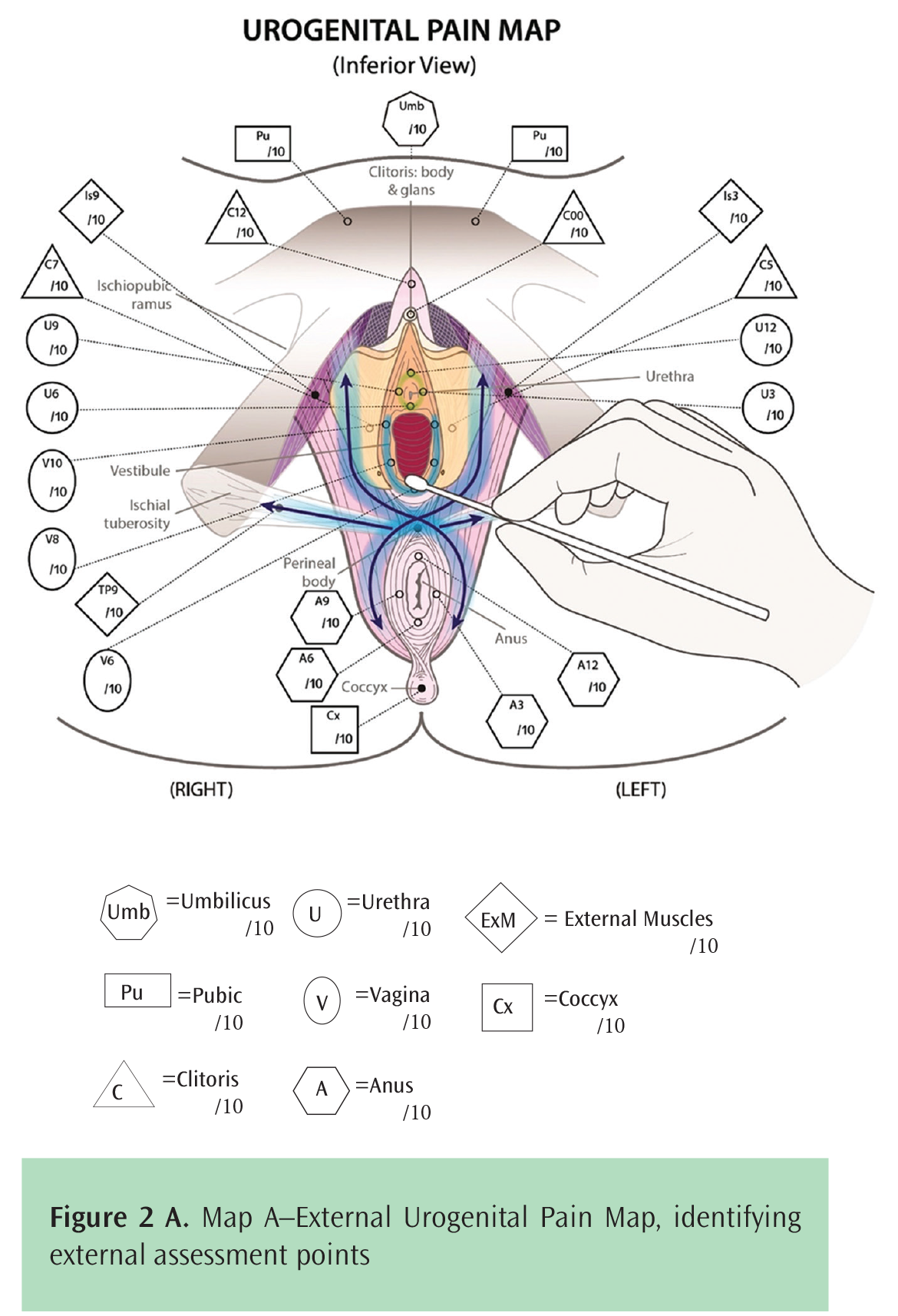Nonrelaxing Pelvic Floor Dysfunction Symptoms

Unlike in pelvic floor disorders caused by relaxed muscles eg pelvic organ prolapse or urinary incontinence both of which often are identified readily women affected by nonrelaxing pelvic floor dysfunction may present with a broad range of nonspecific symptoms.
Nonrelaxing pelvic floor dysfunction symptoms. The pelvic floor supports the rectum bladder and urethra. That means the pelvic floor muscles are too tight. Treat and prevent constipation. Learn about the symptoms and treatment options.
Pelvic floor disorders can present with lower urinary tract symptoms bowel sexual dysfunction and or pain. Pelvic floor dysfunction is the inability to correctly relax and coordinate your pelvic floor muscles to have a bowel movement. The pelvic floor consists of the muscles and tissues that support the pelvic organs including the uterus bladder bowel and rectum in women and the bladder bowel rectum and prostate in men. Pelvic organ prolapse or urinary stress incontinence.
Pelvic floor dysfunction pfd is a condition in which the muscles in the pelvis do not work properly. This makes diagnosis and management of these disorders challenging. To reduce your risk of worsening posterior vaginal prolapse try to. These exercises can strengthen your pelvic floor muscles especially important after you have a baby.
Perform kegel exercises regularly. Symptoms of pelvic muscle spasm nonrelaxing pelvic floor or hypertonicity vary and can be difficult to recognize. Symptoms include constipation straining to defecate having urine or stool leakage and experiencing a frequent need to pee. Nonrelaxing pelvic floor dysfunction is not widely recognized.
Straining hard or thin stools and a feeling of incomplete elimination are common signs and symptoms. These muscles look like a hammock or sling stretched from the tailbone at the back to the pubic bone in front and from one sitting bone to the other. In this condition you are unable to have a bowel movement or you only have an incomplete one because your pelvic floor muscles contract rather than relax. Stress can lead to nonrelaxing pelvic floor dysfunction npfd it is more commonly understood that various pelvic floor disorders are due to over relaxed muscles e g.
Levator ani syndrome is a type of nonrelaxing pelvic floor dysfunction. This increases the likelihood that these disorders can be identified and individuals can begin appropriate treatment.

















